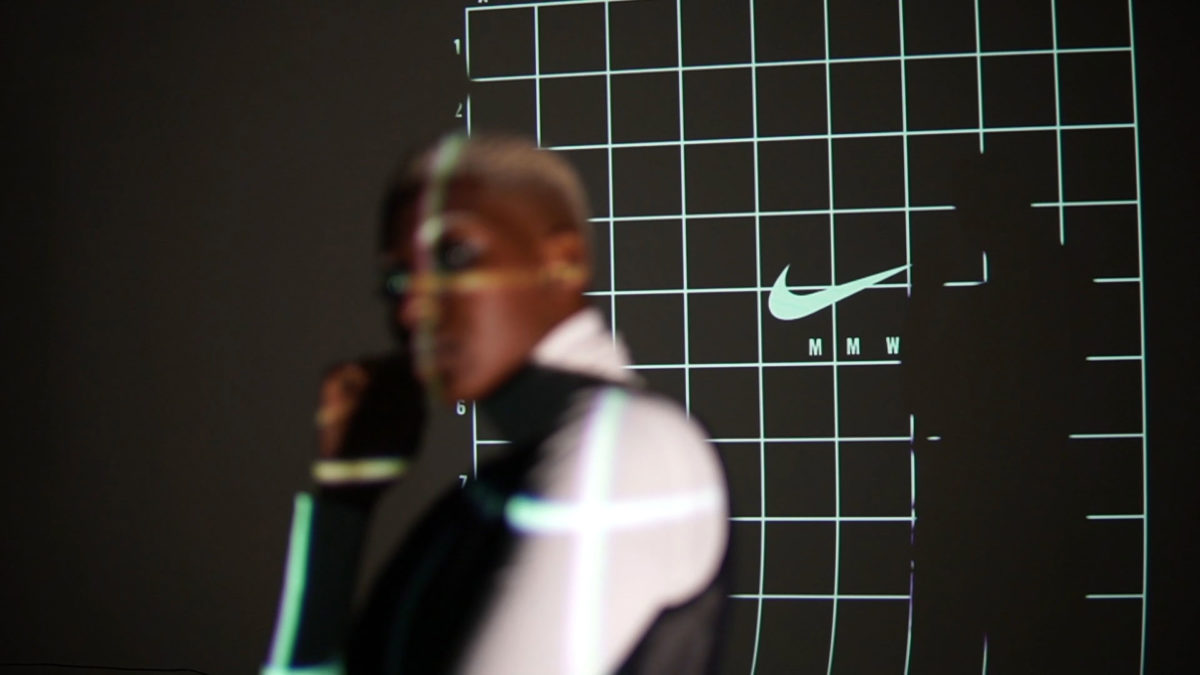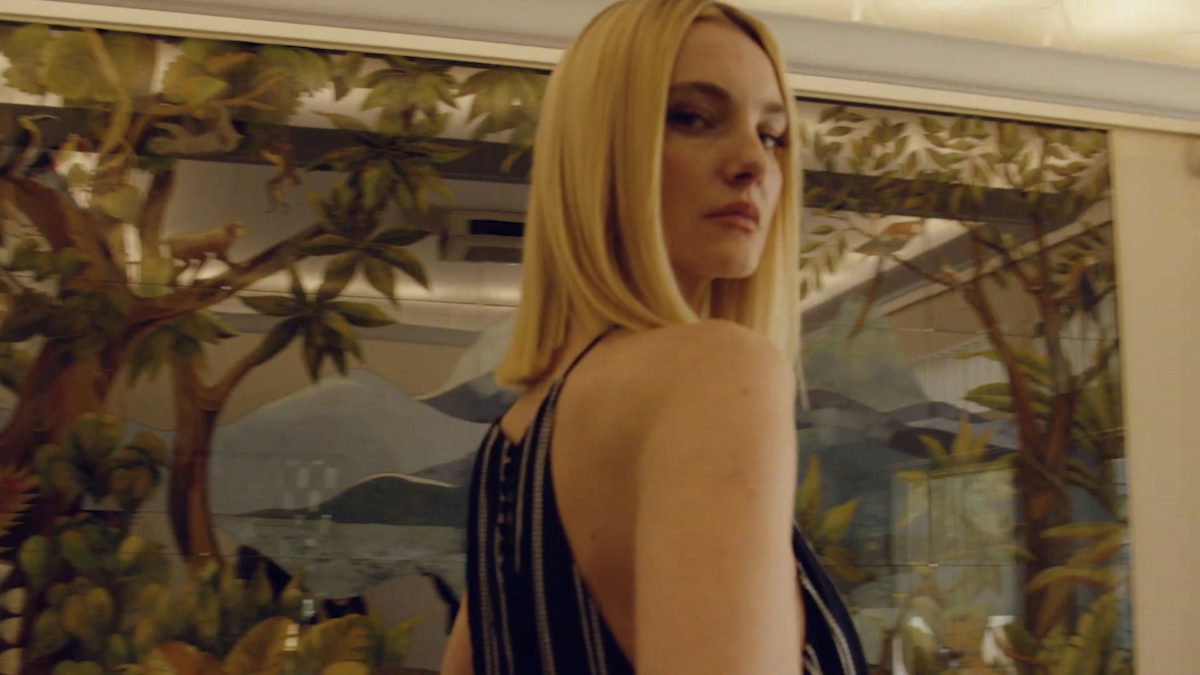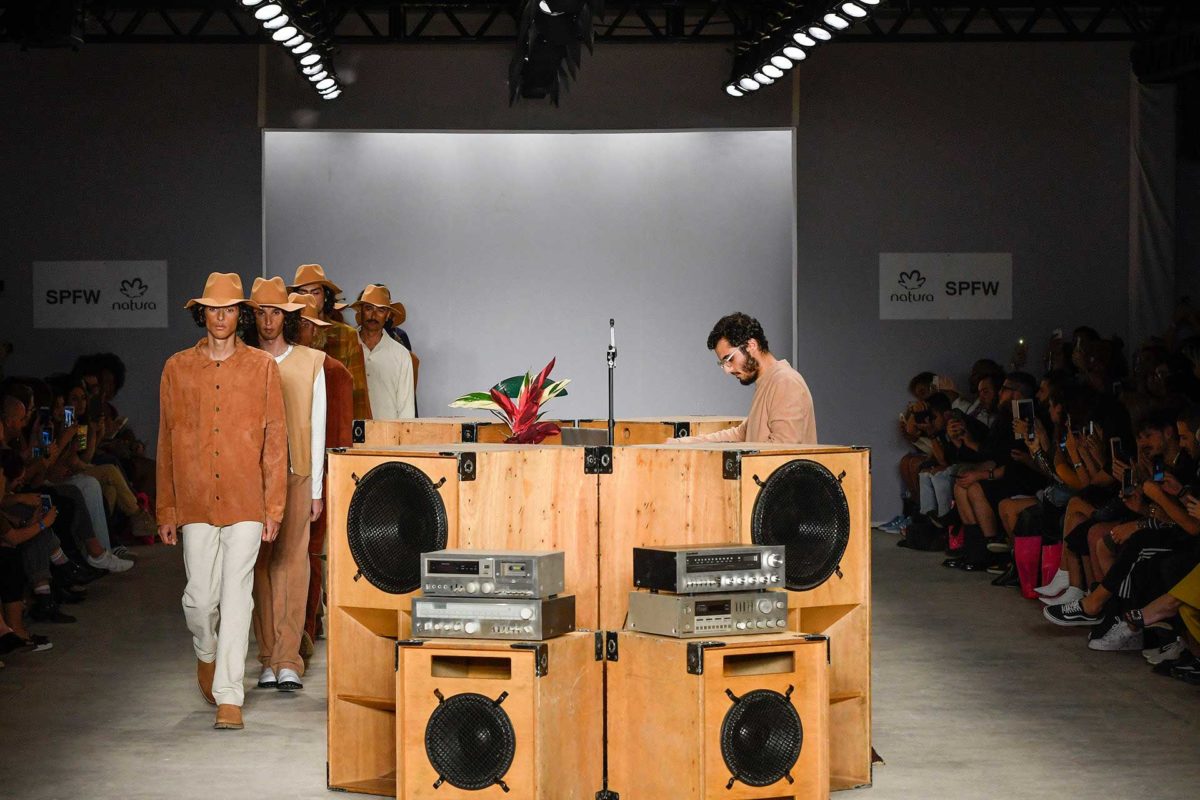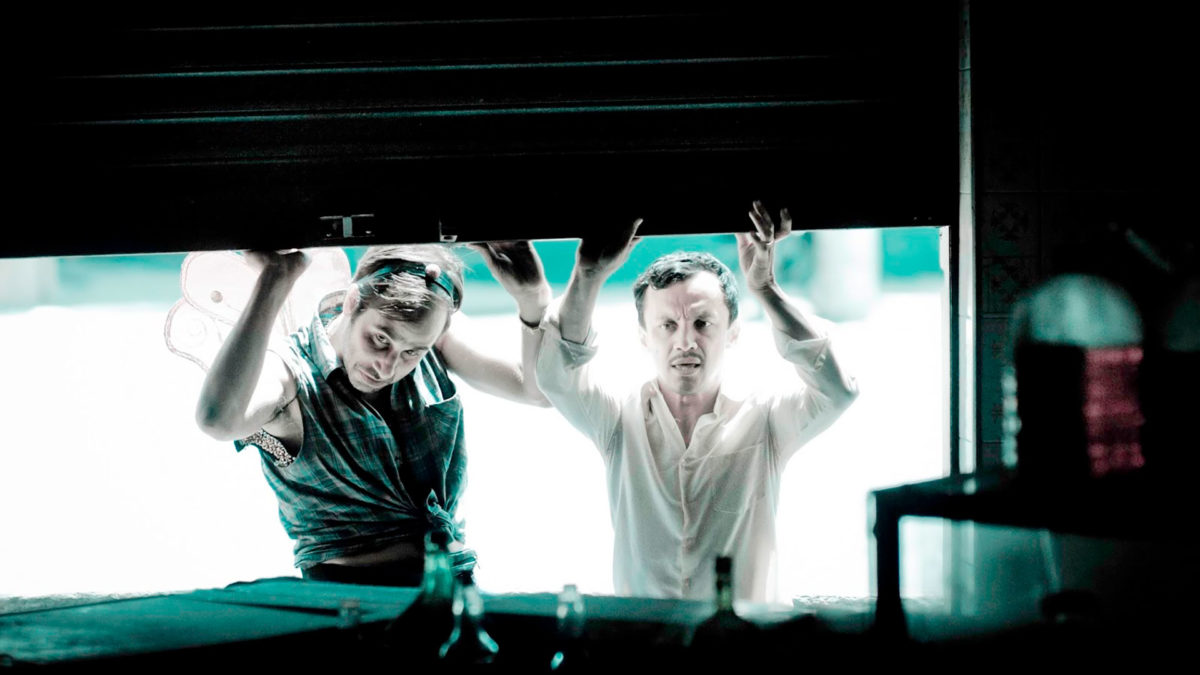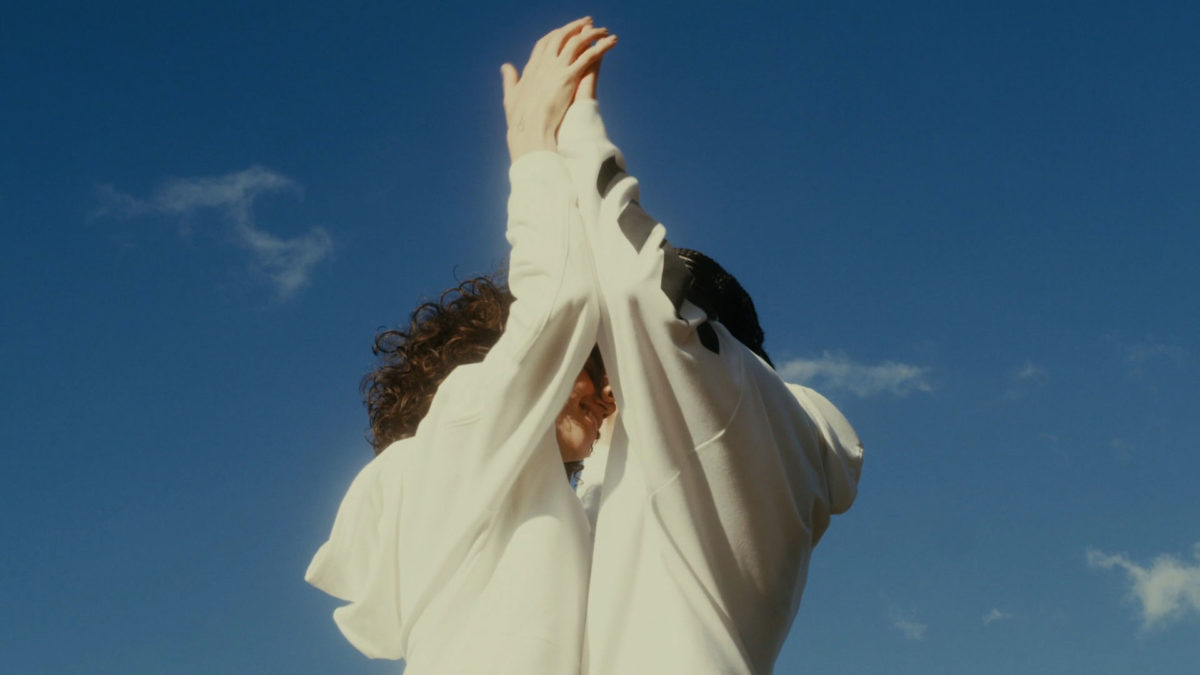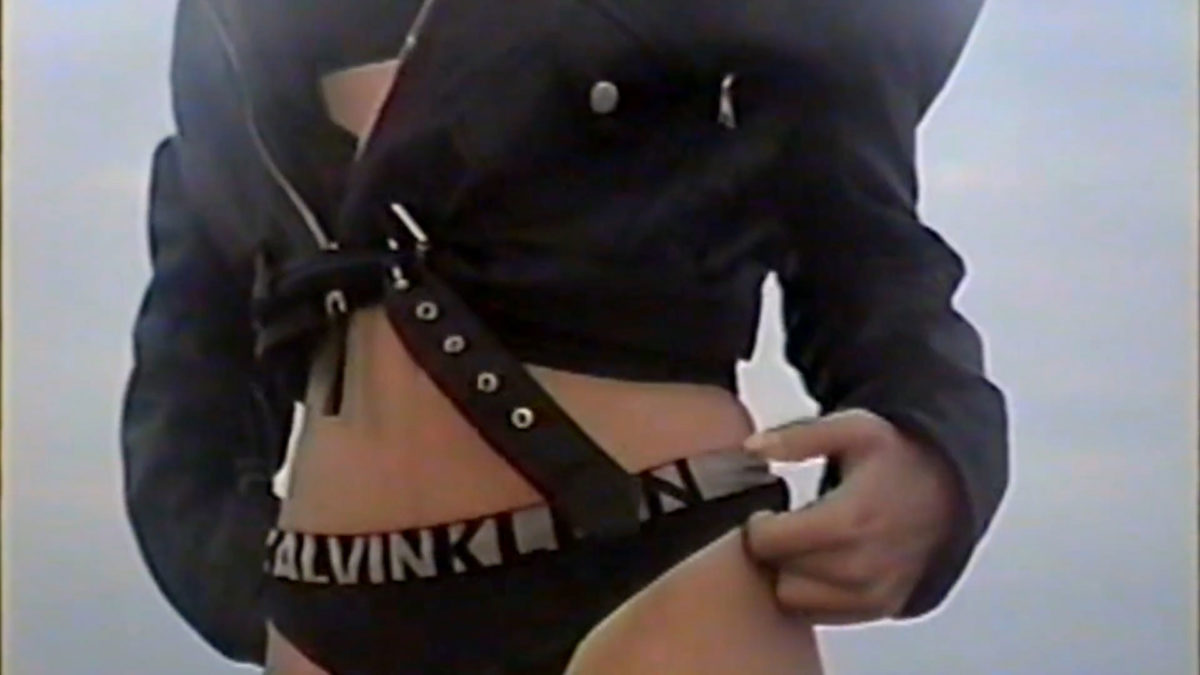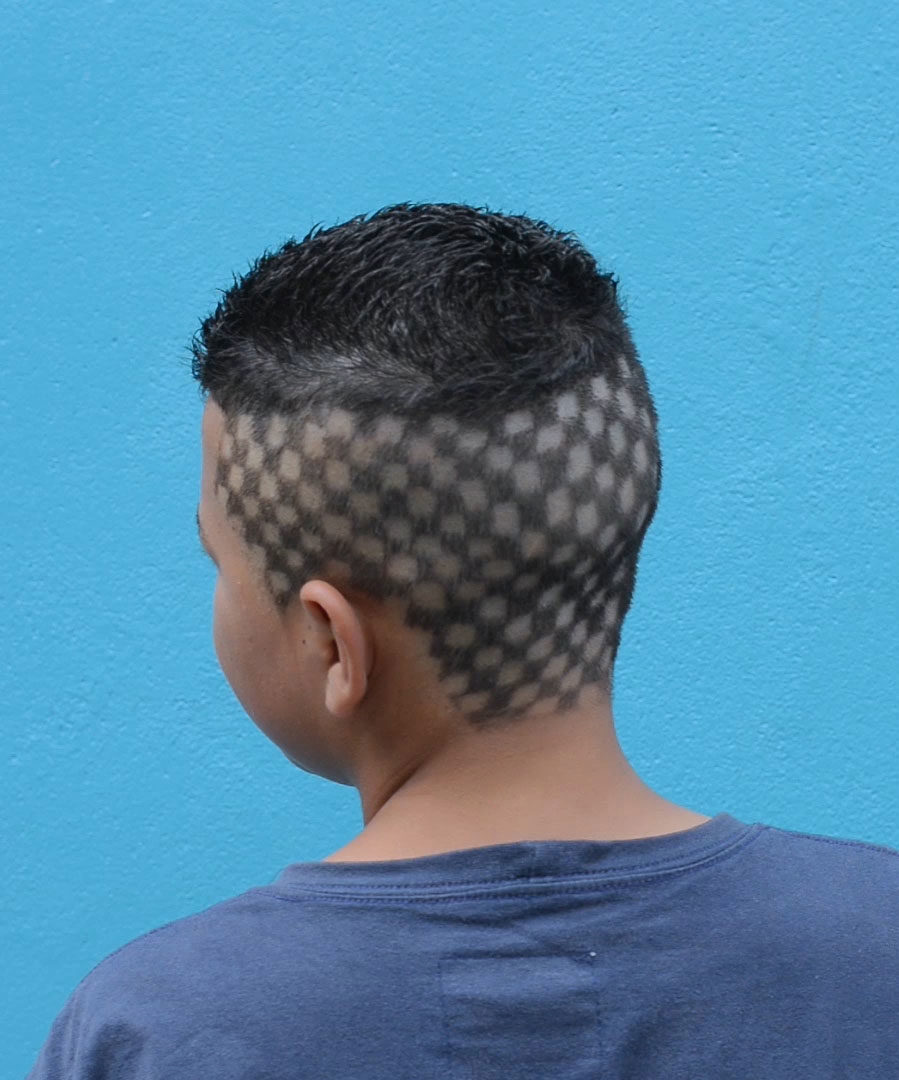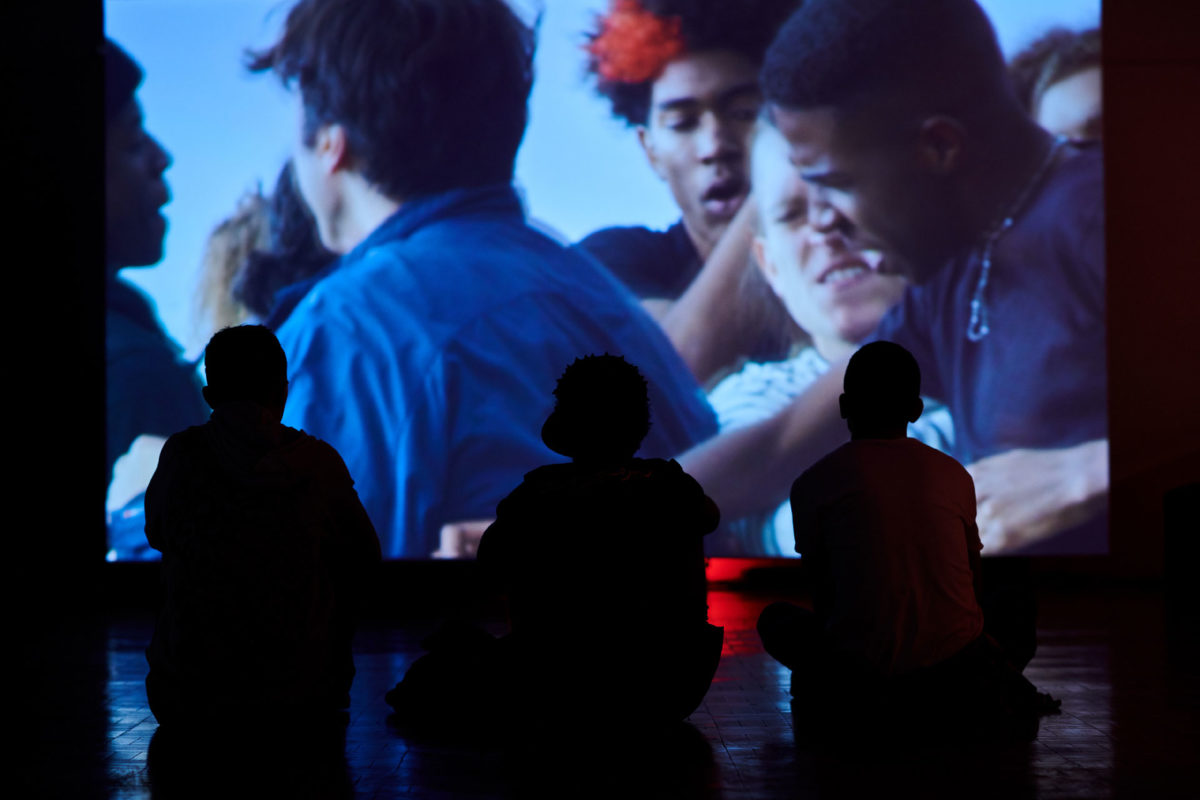The exhibition Limbo, by photographer and director Hick Duarte, is a reflection on the emotional state of young people in a particularly troubled period in Brazil. Through different media, the artist exercises observing the suspended state of youth: a place of uncertainty and disquiet occupied by a generation overloaded with information, where everything gets mixed up and the notion of relevance is lost.
The exhibition ran for 2 weeks in October 2019 and featured an approximately 12-minute main film that was shown every half hour. The sound design was prepared for a quadraphonic system, that is, four speakers on separate channels arranged in each corner of the room, which allows much more realistic and complex spatial effects than common stereo systems.
The piece’s score was developed by Marcelo Gerab based on a constant exchange with the artist, from the drafting of the storyboard to the sound constant, and is structured in 5 main moments:
1. The intro is filled with melancholy and tension, where continuous synthesizer chords are layered over distorted feedback from a guitar played with a cello bow;
2. Later, we have a brief transition that makes the mysterious tone settle in, with electric piano lines layer on off-grid loops that result in an unsynchronized repetition, combined with digitally sequenced percussive snippets;
3. Next, we reinterpreted capoeira and the berimbau, playing using dissonant and noisy synthetic tones, in an analog to the mosh pit, common in metal and hardcore concerts;
4. Next, the film enters a more delicate and introspective interlude, with a more romantic and dreamy character, whose sound was made from digital editing of audio clips;
5. The end of the film has an atmosphere that mixes hope and uncertainty, and the score goes into a chord progression that, combined with synthetic percussion, gradually passes through all 12 musical notes and concludes in a grand finale inspired by classic Bach compositions.
Artist Matheus Leston carried out the multimedia production and programming of the show’s centerpiece: a film that is shown on a large main screen, with spatialized audio and synchronized lighting. In the minutes between sessions, the montage is deconstructed into cutouts of isolated scenes, displayed on four independent side screens, which fade as the film begins. The entire system works automatically, with no need for operation.
The ending credits track is composed by Rico Jorge.
